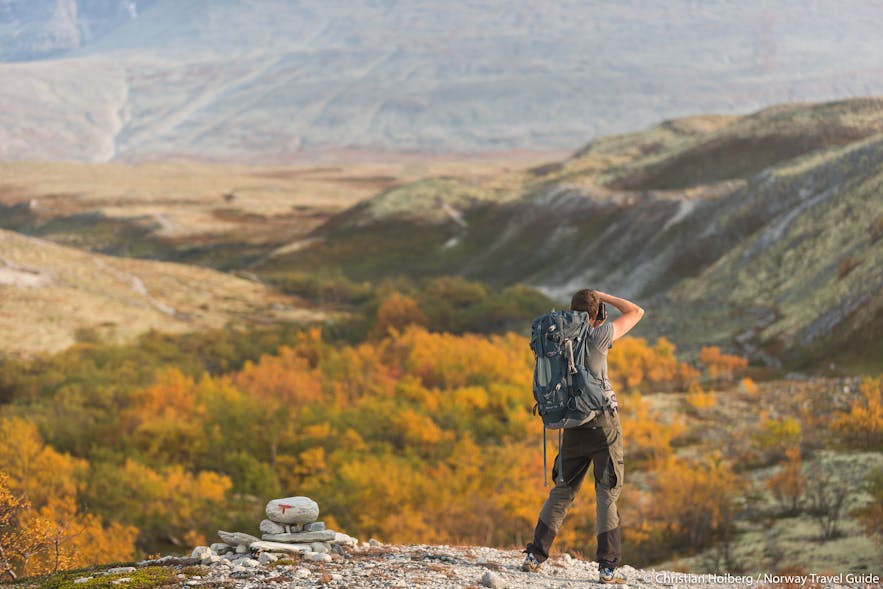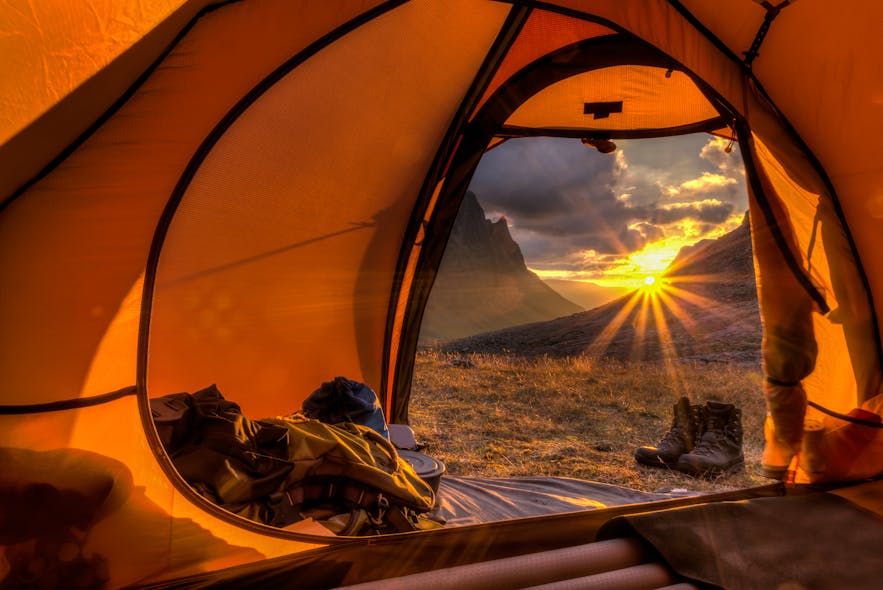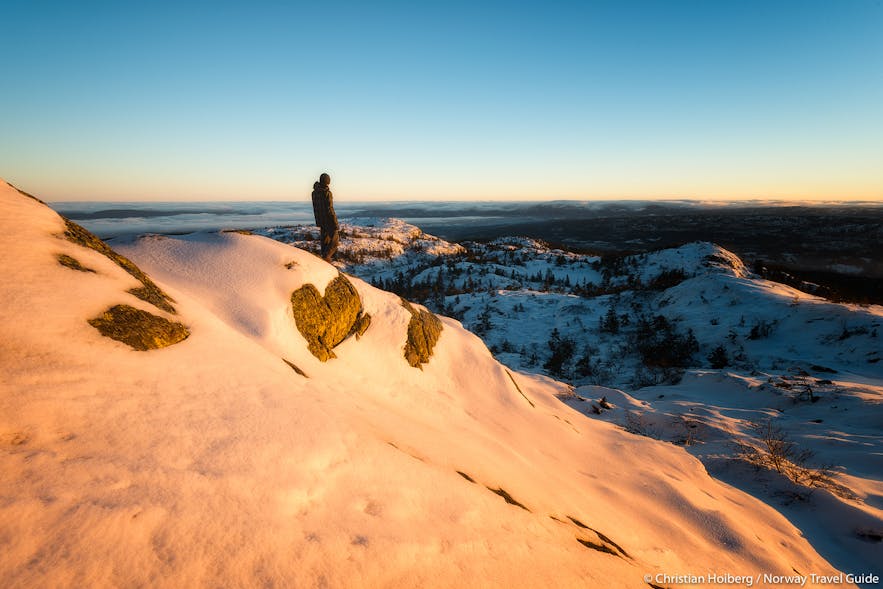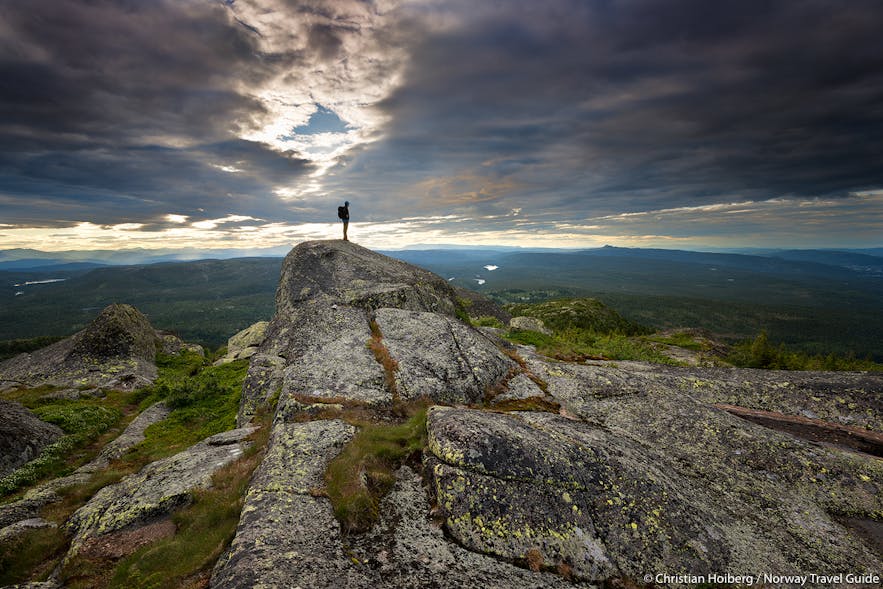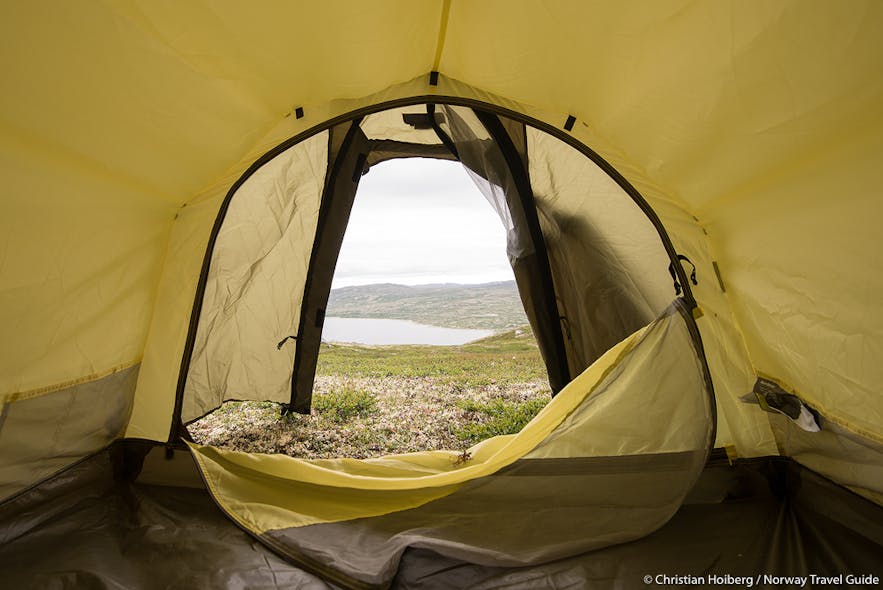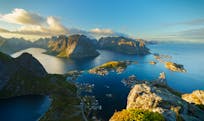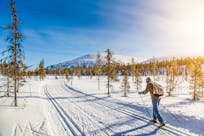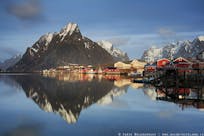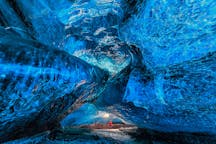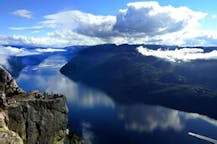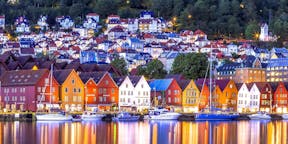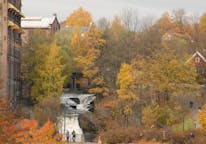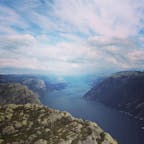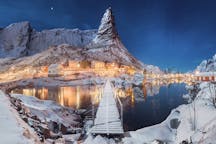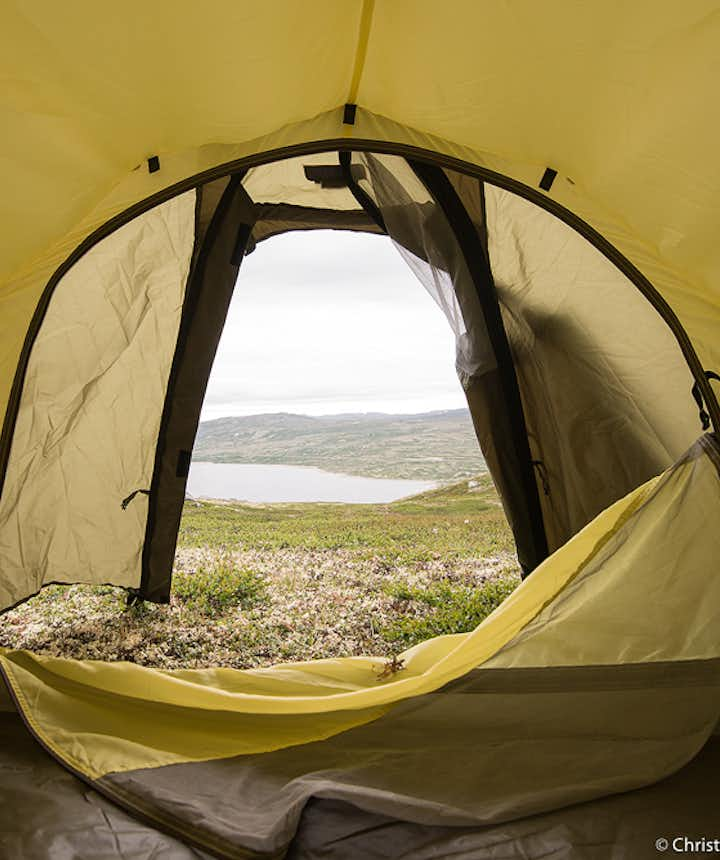
Tips for Hiking in Norway
With fjords, mountains, seascapes and in general the large variety of landscapes, it’s not surprising that Norway is among the most popular destinations for hikers and outdoors enthusiasts.
Every year, hundreds of thousands of people visit Norway’s stunning landscape to go hiking in places such as Trolltunga, Reinebringen, and Preikestolen. Norway has various national parks with an amazing variety of hiking routes.
- Read about Rondane National Park
- Read about Jotunheimen National Park
- Read about Hardangervidda National Parks
Some hikes are short and done within an hour while other are more demanding and can take days, if not more.
Norway is a large country, in fact, it’s much larger than what most think, but the majority of the population lives by the coast. That leaves huge chunks of uninhabited areas in the inland Norway and since the terrain often is very elevated, it’s not optimal for building houses.
This means that you can hike for days in the Norwegian landscape without meeting a single person. Heading out on remote hikes or in general hiking in the mountains require some planning and knowledge of what you’re doing.
Unfortunately, the amounts of rescue missions have drastically increased during the last years and a considerate amount of them can be blamed on inexperienced hikers that are not prepared for the changing conditions or the strength of nature.
It’s still rare that rescue missions are required and the majority of hikers won’t ever need help from the Norwegian Red Cross.
Book Tours & Packages on Norway Travel Guide
Most hikers are prepared for the hike they are going on but every now and then we hear horror stories about tourists who head out on all-day hikes dressed in suits, wearing casual shoes and not bringing any food or water. Eventually, these are most likely needed to be rescued.
The majority of these unfortunate events could have easily been avoided if the hiker was prepared. Here are some things to consider when you go hiking in Norway:
1. Know the area
This is where many people make a big mistake. It’s important to know the area you’re heading into and to know the requirements of that specific hike.
How long is the hike? How much time should it take? Will the weather change a lot? Will it be much colder when I get higher? Are there any dangers? Am I in a good enough physical shape to do it? These questions are important to know before leaving, as they will determine what you need to bring on the hike.
Knowing the area is the single most important step to being prepared for your hike, especially when going on longer ones. By knowing how long it will take or the terrain you’ll be hiking in you know what clothes and gear to bring.
2. Bring Extra Clothes
Weather changes quickly in the Norwegian mountains so be prepared for it. Even during nice summer days, the temperatures can drastically drop, rain can come from nowhere and the fog can completely obscure your view. It’s, therefore, important to bring an extra layer of clothes even during summertime.
In winter you should always bring an extra set of wool socks and wool and thermal underwear (long johns). Even though you might not need it it’s better to be prepared for something happening.
When hiking during spring or fall it’s also recommended to bring a hat and a pair of gloves even though the temperature is warm by the starting point. If it gets colder when you reach a higher altitude you want to be able to stay warm.
3. Bring Enough Food
When going on hikes that last for hours or even days it’s important to bring enough food and high-energy snacks. One apple is not enough on an 8-hour hike.
When you’re going for a multi-day hike it’s also recommended to bring enough food for at least one extra day, in case something happens along the way. It’s better to bring a little too much, than not enough.
4. Let Someone Know Where You Are
Even if you’re traveling alone and don’t know anyone in Norway, let some friends or family know where you’re hiking and how long it should take. If something is to happen, at least someone knows where you are and the possibility for a successful rescue mission is much higher.
5. There’s No Shame in Turning Around
The 8th “rule” in the Norwegian Mountain Code says Turn back in time; sensible retreat is no disgrace.
If the weather changes and you’re uncertain if you’re able to reach your goal, turn around and hike back. Don’t try to defy the weather as others may risk their lives trying to rescue you.
Packing for a hike isn’t always as easy as it sounds and often you’ll end up with a too heavy backpack, or not enough equipment. Of course, what you should bring on a hike heavily depends on the duration you expect to be out but here’s a suggestion on what you should bring with you:
Day Hikes
- A comfortable hiking backpack
- Waterproof hiking shoes
- Gloves & mittens
- Thermal underwear
- Wool socks or other hiking socks
- Breathable rain- and windproof outer layers
- Food & high-energy snacks
- Waterbottle
- Map, compass or GPS
- Mobile phone
- Warm artificial or wool clothes
- First aid kit
- Multi-tool
- Warm headwear
Overnight Hikes
In addition to the above:
- Extra food
- Sleeping bag
- Tent (tarp is ok during summer but know the forecast)
- Mattress
- Kitchen utilities
- Headlamp
- Toilet paper
- Change of clothes (in case something got wet)
Make sure to also bring a garbage bag when you go hiking or camping and take the trash back.
Everyone in Norway enjoys the right of access to, and passage through, uncultivated land in the countryside. This means that you can set up a tent even in the national parks, for free.
The freedom to roam is based on respect for the countryside and visitors are expected to show consideration for farmers, landowners, and other visitors.
Find a Selection of Tour & Packages on Norway Travel Guide
To make sure that people still can enjoy Norway’s beautiful landscapes in the future we ask our visitors to uphold the Leave No Trace principles. After all, the scenery is part of what makes Norway so beautiful and it is something we are proud of.
Do you have any questions? Ask away in the comment section below.
Other interesting articles
3 Beautiful Beaches in Northern Norway
Northern Lights, rugged mountains, heavy winds and challenging weather are the most common keywords related to Northern Norway. But did you know about the picturesque beaches? Some of them even look t...Read moreRead this before you go hiking up Preikestolen
Preikestolen is one of the most popular tourist attraction in Norway. Every summer, well over 200,000 visitors make the climb up the imposing ledge and marvel at the view over Lysefjord. In this art...Read moreWhat are Polar Nights in Norway?
There's no lack of fascinating phenomena inside the Polar Circle. Either it's during summer or during winter, there's always something that attracts large amounts of visitors. The Polar Ni...Read more


